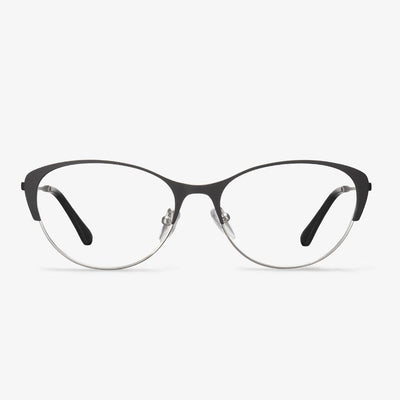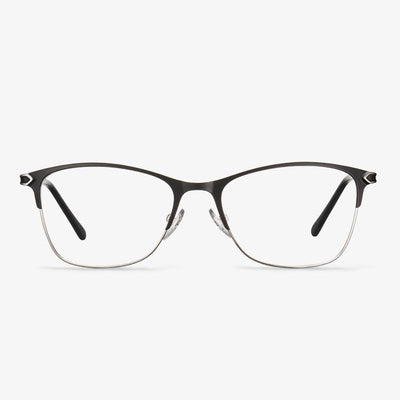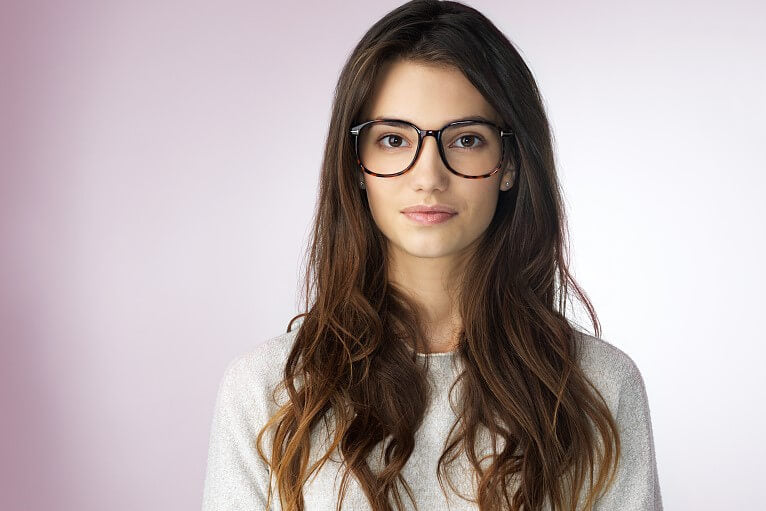American Eyewear Brand - Sola International
Sola is a global leader in the design and material development of eyewear lenses. Through intensive investment in research and development, Sola continuously creates innovative new products that give people around the world a better perspective on all aspects of their lives. Sola is mainly engaged in the design, development, production, and sales of different progressive high-value-added optical products. Its main products are optical lenses, sunglasses, safety lenses, and optical instruments. They have manufacturing facilities in the United States, Australia, Ireland, France, Brazil, Venezuela, Mexico, Singapore, and China. And have 41 distribution centers in 17 countries. Every day, customers in more than 50 countries and regions choose from more than 20,000 high-quality products provided by these distribution centers.
The categories of rimless glasses
Rimless glasses can be divided into metal rimless glasses and plastic rimless glasses according to the material. According to the metal category, they can be divided into nickel-copper alloy, memory titanium alloy rimless frames.
According to the elastic order of the frame, the softest and elastic kind is the plastic rimless glasses. The benefits are the lightest weight and the lowest price. The disadvantages are the short service life, faded look after the sun, and single appearance, which are suitable for children or teenagers in the stage of corrective treatment. The second elasticity is the memory titanium alloy rimless frame. They use aviation metal titanium as the raw material, suitable for people with sensitive skin, and have lighter quality, better durability, more styles.
The Advantages of Trifocal Lenses
The greatest advantage of trifocal lenses is that they have three prescriptions in one, which means that not only do you not have to buy three separate pairs of glasses, but you also won’t have to constantly change them as you go about your day.
Another advantage of trifocal lenses is that in some cases, they offer a broader viewing area for near and intermediate-distance applications like reading and using the computer.
What are bifocals?
A bifocal lens is a lens with two focal points. Because of the imaging principle of the lens, even half of the lens can still present a complete image, and the two images do not interfere with each other. In the past, both short-sighted glasses and presbyopia glasses were called single-focal lenses, which had only one focus. Later it developed to the bifocal lens, and the same lens is divided into upper and lower two parts. The upper part of that lens is used when seeing far, and you look down when seeing close objects, just the reading distance, naturally used the second half.
How to Choose Reading Glasses?
Choose big frames the first time. When choosing reading glasses, you can choose the big frames for the first time. You may need larger glasses frames or lenses to really get the sweet spot of where the prescription is.
And if you have never worn glasses for eye conditions such as nearsightedness, farsightedness or astigmatism, it is likely you will be able to see well with non-prescription reading glasses. So, you can buy these non-prescription reading glasses.
Do You Need Plano Glasses?
Many people choose to wear plano glasses or glasses without prescription just for cosmetic reasons, without any need for vision correction. Normally, glasses frames without a prescription come with a pair of cheap plastic demo lenses.
Since there is no corrective effect on plano glasses, some people choose wear plano glasses for protecting their eyes from dust, and other flying objects. In addition, plano lenses come in a variety of protective coatings - anti-glare, scratch-resistant, blue light coating, UV coating to provide all around protection to the eyes.
So, if you want to protect your eyes from some unexpected damage, you can choose to wear the plano glasses and they would not bring any damage to your eyes.
How to Choose Reading Glasses?
Find the right power. When choosing reading glasses, finding the right power would be the most important thing. All reading glasses will have signs or stickers indicating their power. In most cases, they will range from +1 to +4 diopter, in increments of +0.25. So, when choosing reading glasses, try the lowest power first.
Test-drive the glasses. If you have brought reading material with you, try reading it at a comfortable length. If you hold the material too far out to be able to read it, you should increase the power. Keep testing the differences powers until can read clearly at the distance that’s more comfortable for you.











































